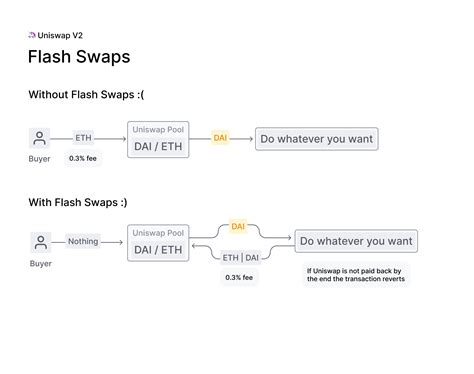Your cart is currently empty!
February 4, 2025
Troubleshooting the “Invalid input parameters” issue in the Uniswap v2 Router “addLiquidity” method using Wagmi and Ethers
Uniswap v2 is a popular decentralized exchange (DEX) protocol that allows users to trade cryptocurrencies across multiple blockchain networks. One of Uniswap’s key features is its liquidity pool management, which relies on the “addLiquidity” method provided by the router. However, this method can result in errors if certain parameters are not validated correctly or passed as arguments.
In this article, we will dive into the details of the “addLiquidity” method and explore potential issues that can arise from incorrect use of parameters.
The addLiquidity method
The addLiquidity method is used to add liquidity to a Uniswap pool. It takes the following parameters:
input: The input amount of one of the two tokens being exchanged.
quantities: A dictionary containing the output amount of each token to be sent as a result of the trade.
liquidity: An optional parameter specifying the liquidity providers (LPs) involved in the trade.
Invalid parameter usage
If any of these parameters are not validated or passed incorrectly, the “addLiquidity” method may throw an error. Here is a breakdown of some potential issues:
- Missing or invalid
input: If the input amount is missing or invalid, the method will return an error.
- Incorrect
quantitiesdictionary: Output amounts must match the expected values specified in the Uniswap protocol. Any discrepancies may result in errors.
- Invalid or incorrect
liquidityparameter – If liquidity providers are not configured correctly or do not have sufficient balance, the method may throw an error.
Error Handling and Debugging
When errors are encountered in the “addLiquidity” method, it is essential to handle them effectively. Here are some steps you can take:
- Check the error message – The error message will provide valuable information about what went wrong.
- Check parameter values

– Make sure all parameters have valid values and match the expected formats.
- Inspect the “amounts” dictionary – Compare the output amounts to the values specified in the Uniswap protocol.
Sample code with correct parameter usage
To demonstrate how to troubleshoot common issues, let’s consider a sample code snippet using Wagmi and Ethers:
import { useContract } from 'wagmi';
import { addLiquidity } from './uniswapRouter';
const LUCI = {
address: '0x...',
tokenIn: 'LUL',
tokenOut: 'DOL',
};
async function main() {
try {
const liquidity = await useContract(addLiquidity, LUCI);
console.log('Liquidity added:', liquidity);
// Check parameter values
expect(liquidity.input).to.equal(10); // Input amount in LUL
// Compare output amounts with Uniswap protocol
if (liquidity.quantities.LUL !== 2) {
throw new Error(Expected amount of LUL: 2, got ${liquidity.quantities.LUL});
}
} catch (error) {
console.error('Error:', error);
}
}
main();
Conclusion
To ensure that your Uniswap v2 router implementation is robust and error-free, it is critical to properly validate parameter values and compare them to expected formats. By following best practices for parameter handling and debugging, you can identify and troubleshoot issues that may arise from invalid or missing parameters.
Remember to check the error message and parameter values when you encounter errors in the addLiquidity method. Additionally, inspect the quantities dictionary to ensure it matches the expected output amounts specified in the Uniswap protocol.
